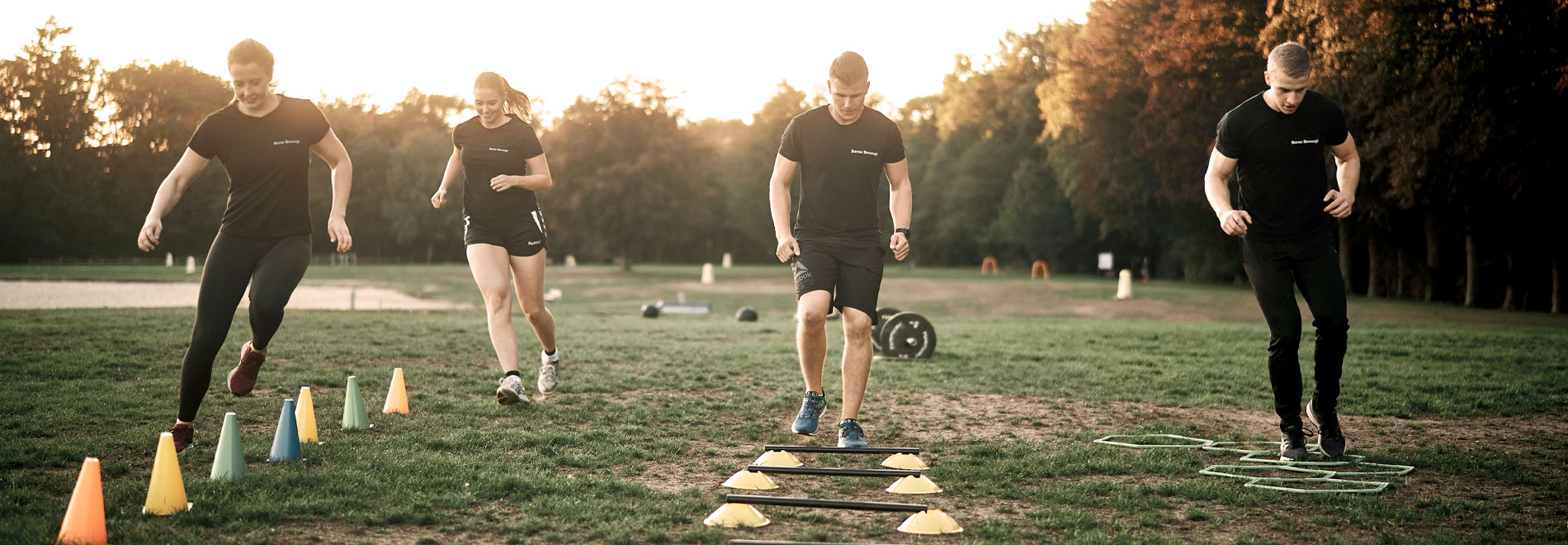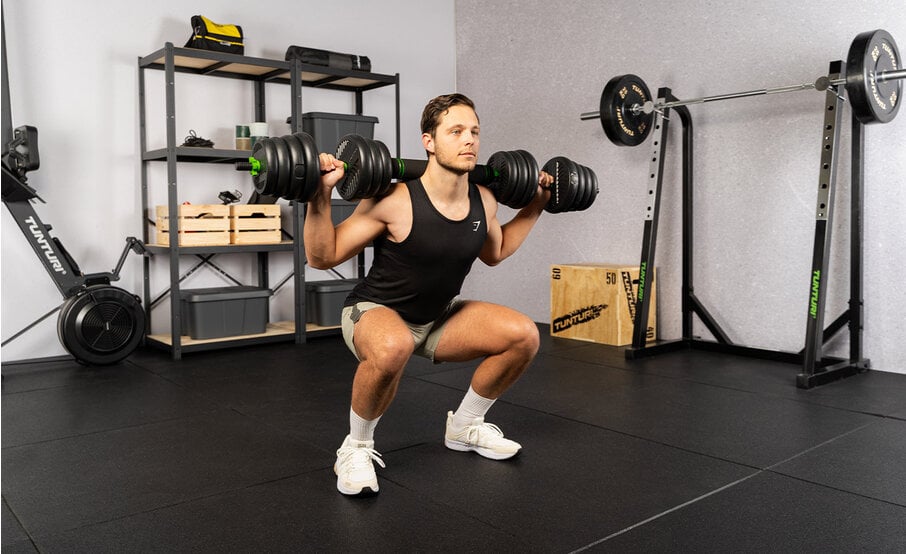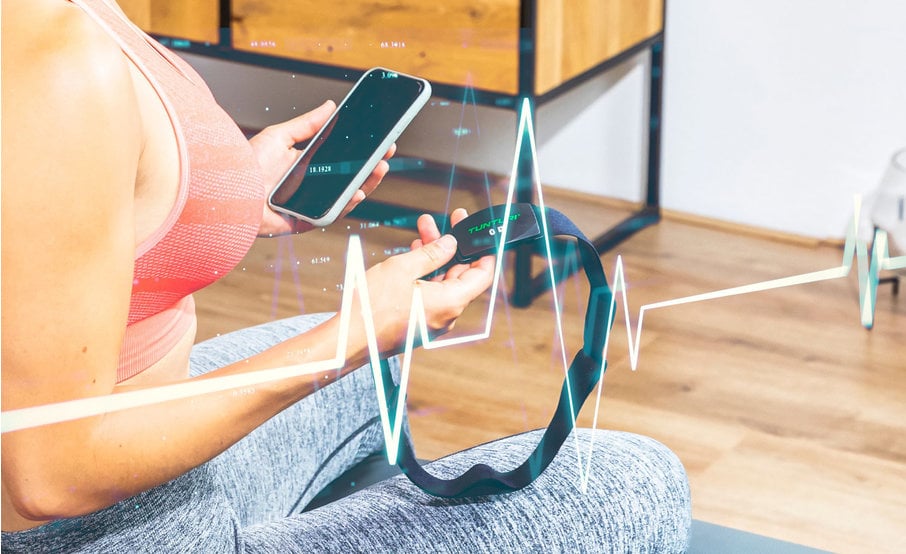8 tips for working out in the heat
- Posted on
- Posted in Accessories, Cardio, Functional training, Resistance training, Strength Training, Yoga & Pilates

With two summers behind us in which temperatures rose well above thirty degrees, there is a chance that we will also have quite a few warm or even tropical days ahead of us this summer. Exercising on those days is fine, provided you know what to take into account.
"Drink more water" is probably what you think about first. But how much is "more" actually? And what else should you pay attention to when working out in the heat? We have listed a few tips for you.
1. Start slowly
Do not be overconfident while exercising in the heat. Your body is not used to the heat. It needs to acclimatize, especially if it is a quick transition from cool days to days with 30+ on the thermometer. Adjust your pace, workout or weightlifting routine to avoid putting too much strain on your body. You can also choose to follow a customized training program during hot days. For example, opt for a workout with resistance bands, dumbbells or kettlebells. Ideal for a cooled indoor workout!
Drink before you start training so that your body has a supply of moisture. And remember: in the early morning and in the evening it is cooler and the sun is not (yet) high up in the clear blue sky. So those are the best moments to exercise outside.
2. Drink
Your body responds to heat through sweating. Evaporating sweat cools your body. The rule of thumb is: drink about one and a half times as much moisture than you lose sweat. But don't do that all at once! Your body can't process more than a liter of fluid per hour. Taking water in a drinking bottle or water bottle helps: it is a reminder that you have to drink, and it prevents you from unexpectedly drinking too much moisture at once.

3. Supplement
Through sweating you not only lose moisture, you also lose salts and minerals faster. It is advisable to supplement these with isotonic sports drinks, which contain extra minerals and salts and are absorbed more quickly into the body to make up for an impending deficiency. Salt tablets used to be recommended as well. If you take them, make sure you bring some extra water; these tablets will make you more thirsty.
4. Wear breathable clothing
Sweat must evaporate. So wear clothing made of light, breathable and loosely woven material such as lycra or cotton during hot days. White clothing is preferred during sunny days: white reflects heat, whereas black absorbs it. Your neck is a sensitive place for sunlight: protect it with, for example, a cap, towel or helmet.
5. Apply sunscreen
Not only can you burn heavily in the sun, UV rays also increase the risk of skin cancer and can damage your eyes. So opt for sunscreen with a good protection factor and wear sunglasses or cap to protect your eyes.
6. Take breaks
Do you train for a longer period of time or are you playing a match, for example? Then opt for half an hour of sports and twenty minutes of rest. During that resting period, your body has time to cool down and restore moisture balance. Preferably rest in the shade and drink.
7. Cooling
You want to cool down? Then do not dive into the (cold) water, your body will get a bit of a shock. You can cool your face with water (no ice water) or put a damp towel in your neck. You can also wrap cool cloths or cool packs around your wrists and ankles. That's where your veins run right under the skin. The cooled blood then flows further through your body.
8. Weigh yourself
Stand on the scales before and after a workout. Have you lost more than three percent weight after a workout? That's about two liters of fluid for a person of seventy kilos. Three percent weight loss (or more) can already cause a significant decrease in performance! So make sure you replenish this moisture in a timely manner.
Looking for a handy drinking bottle or water bottle? Or are you going for a customized, less intensive workout during the hot days? Take a look here for inspiration!





